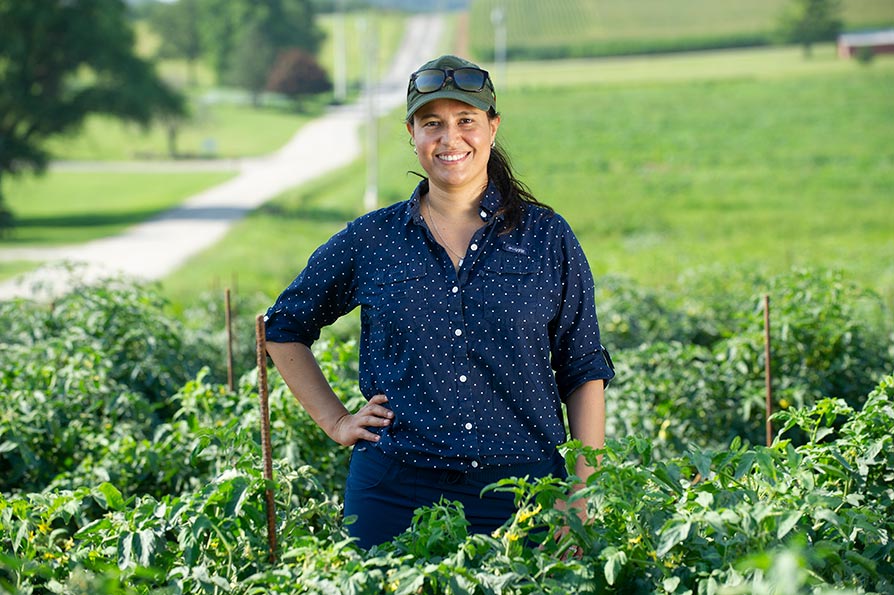Winegrape Varieties For The San Joaquin Valley
More than 60% of the wine produced in California comes from grapes grown in the San Joaquin Valley (SJV). The SJV has high summer time temperatures and low annual rainfall ranging from 7 inches per year in the south to 14 inches in the north part of the Valley.
Most of the SJV consists of “irrigated desert.” Winegrapes grown in the SJV are from some of the highest-producing vineyards in the world. This is a direct result of the irrigation needed in this hot growing region. SJV is classified as a Region V grape growing area with the highest heat summation units of the five grape growing regions defined by A.J. Winkler (circa 1974). There are very few comparable grape growing areas around the world that are designated as a Region V.
So what winegrape varieties are grown in the SJV, and how well-suited are they for a Region V climate? The winegrape varieties grown are pretty standard: Chardonnay, Cabernet Sauvignon, Merlot, etc. along with some varieties that are associated more with warmer growing regions (French Colombard, Ruby Cabernet, Barbera, and Grenache).
Much of the wine produced from SJV grapes is bulk shipped to coastal growing areas where it is used for blending and extending. As long as the percentage of SJV wine in a bottle is less than 15%, the final wine can retain its appellation designation. If the portion of SJV wine exceeds 15% then it is typically labeled as “California.” When you see “California” as the area designation it most likely means that the majority of grapes used to produce the wine came from the SJV.
Winegrape growers in the SJV have a choice of production systems. One choice is to grow grapes with the objective of the highest production consistent with minimum quality standards, and this is the norm for the SJV grower. The other choice is to manage growing inputs closely to achieve higher quality fruit. This approach is being used by smaller winery operations with a good measure of success (at least based on wine competition showings).
Unfortunately, most of the winegrape varieties that are grown in the SJV are not well suited to a hot, Region V climate. Cabernet, Merlot, and Chardonnay are better suited to a Region II (Napa County) or Region III (Sonoma County) climate.
Variety Trials
Searching for winegrape varieties that adapt well to a Region V has been an ongoing process for the past 40-plus years. Ten years ago, a variety trial was planted at the University of California Kearney Agricultural Research and Extension Center that consisted of 20 red winegrape varieties. The growth habits of the vines and fruit were measured and recorded and wine lots were made annually for each variety. The varieties selected for this trial were from winegrape growing areas of Spain, Portugal, Italy, and other Mediterranean areas based on the premise that these areas have climates that are more similar to the SJV.
In 2008, Phase II of this variety trial began with the planting of rootstock which was grafted in 2009 and included an expansion to 56 varieties of which half were red varieties and half white. A few of the more promising varieties from Phase I were carried over into Phase II. In 2012, wine was made from about 25 of the varieties (the vines were three years old). Initial tastings have revealed some characteristics that individual wines have that would make them valuable additions to winemakers for blending as sources of aromas, acid, tannins, etc.
This 56-variety trial is being operated by the University of California. One of the larger local wineries is cooperating by providing the small lot winemaking. This winery is also interested enough in the potential results from this trial that they have repeated the trial at five other locations in the San Joaquin and Sacramento Valleys.
The SJV is perceived by many wine drinkers as the place where all of the bag-in-the-box wine is grown. While this may be a true statement, it is also an area that is producing some very good quality wines at affordable prices. What is more important is that there are innovative and creative growers and winemakers in the SJV who are taking control of their own destiny.









